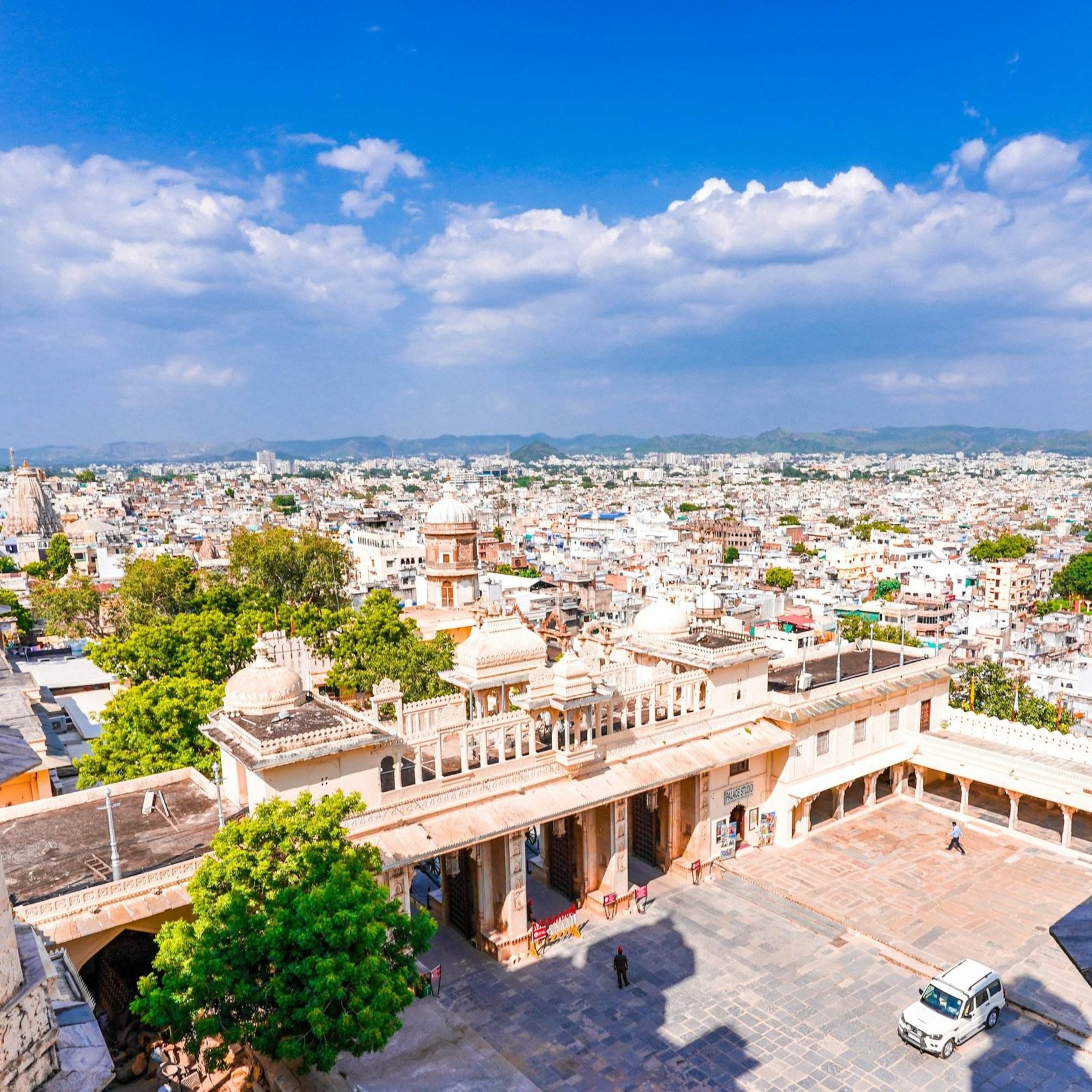The Golden Triangle of India is a magical region that includes Delhi, Agra, and Jaipur. This iconic circuit offers an extraordinary glimpse into India’s rich history and diverse culture, with Mughal architecture being one of its most captivating elements. From the majestic Taj Mahal to the intricately designed forts of Rajasthan, Mughal architecture in the Golden Triangle showcases the artistry and sophistication of a bygone era. If you’re considering a journey to this mesmerizing region, a well-planned itinerary will help you appreciate the marvels that lie within.
A Glimpse into the Golden Triangle
Before we delve deeper into the architectural wonders, let’s take a moment to understand the significance of the Golden Triangle itself. Spanning approximately 1,000 kilometers, this triangle connects three vibrant cities:
- Delhi: The bustling capital of India, steeped in history and modernity.
- Agra: Home to the world-famous Taj Mahal, an emblem of love and an architectural masterpiece.
- Jaipur: The Pink City, known for its stunning palaces, forts, and vibrant culture.
Exploring Mughal architecture in the Golden Triangle offers a profound insight into the artistic heritage of India.
The Taj Mahal: The Crown Jewel of Mughal Architecture
No exploration of Mughal architecture in the Golden Triangle would be complete without a visit to the Taj Mahal. This UNESCO World Heritage Site, built by Emperor Shah Jahan in memory of his beloved wife Mumtaz Mahal, stands as a testament to love and artistry.
Key Features of the Taj Mahal:
- Symmetrical Design: The Taj Mahal exhibits a perfect balance in its design, with intricate symmetry that draws the eye.
- Marble Inlay Work: The use of white marble adorned with semi-precious stones showcases exquisite craftsmanship.
- Gardens and Water Features: The beautiful Mughal gardens surrounding the Taj Mahal enhance its grandeur, providing a serene atmosphere.
For travelers seeking a comprehensive experience, the Golden Triangle tour packages often include a detailed exploration of the Taj Mahal, allowing you to appreciate its beauty at sunrise or sunset, times when the monument appears to shimmer.
Agra Fort: A Mughal Marvel
Just a short distance from the Taj Mahal lies the Agra Fort, another stunning example of Mughal architecture. This UNESCO World Heritage Site served as the main residence of the Mughal emperors until 1638.
What to See at Agra Fort:
- Red Sandstone Structure: The fort’s impressive walls made from red sandstone stand as a fortification and a symbol of power.
- Magnificent Palaces: Within the fort, you can explore exquisite palaces such as the Jahangir Mahal and Khas Mahal, each showcasing intricate Mughal artistry.
- Views of the Taj Mahal: The fort provides stunning views of the Taj Mahal, offering a unique perspective of this iconic structure.
Agra is a significant stop in any golden triangle itinerary, providing a complete picture of Mughal history. An escorted tour in the Golden Triangle can offer detailed insights into the significance of these structures.
Jaipur: The Pink City’s Regal Architecture
The journey continues to Jaipur, where the influence of Mughal architecture is evident in its majestic forts and palaces. Known as the Pink City, Jaipur offers a colorful mix of Rajput and Mughal architectural styles.
Must-Visit Attractions in Jaipur:
- Amber Fort: A stunning fort with a beautiful blend of Hindu and Mughal architecture, featuring intricate carvings, frescoes, and expansive courtyards.
- City Palace: A royal residence that showcases the regal lifestyle of the Maharajas, complete with a museum housing artifacts and art from the era.
- Hawa Mahal: The Palace of Winds, with its unique façade, served as a vantage point for royal women to observe the bustling city without being seen.
Travelers can enjoy these architectural wonders through Golden Triangle private tours or Golden Triangle group tours, allowing for a personalized or shared experience.
The Mughal Influence Beyond the Triangle
While the Golden Triangle is a primary focus for Mughal architecture, the influence extends into Rajasthan’s offbeat areas. Those exploring Rajasthan should consider adding a few offbeat destinations to their Rajasthan tour packages. For instance, cities like Fatehpur Sikri and Jaisalmer also showcase stunning examples of Mughal architecture.
Fatehpur Sikri: A UNESCO World Heritage Site
Fatehpur Sikri was built by Emperor Akbar and served as the capital of the Mughal Empire for a brief period. The city is known for:
- Buland Darwaza: The grand entrance that stands 54 meters high, symbolizing Akbar’s victory.
- Jama Masjid: A splendid mosque built with red sandstone, featuring intricate carvings and large courtyards.
Fatehpur Sikri is often included in 6 Days Luxury GOLDEN TRIANGLE PRIVATE TOURS for those looking to explore beyond the traditional itinerary.
Planning Your Mughal Architecture Journey
When planning your trip to explore Mughal architecture in the Golden Triangle, consider various tour packages that fit your preferences:
- Best Golden Triangle Tour Packages: These offer a well-rounded experience of Delhi, Agra, and Jaipur.
- Golden Triangle Holidays: Tailor your travel plans to include cultural experiences, local cuisine, and more.
- Private Tour Rajasthan: Customize your itinerary to include offbeat destinations and experiences.
- Luxury Rajasthan Forts Tour Packages: Explore the stunning forts and palaces of Rajasthan in style.
If you want a more immersive experience, you could opt for a Luxury Golden Triangle Tour with Rajasthan, allowing you to explore both the Golden Triangle and the majestic forts of Rajasthan.
The Cultural Heritage of the Golden Triangle
The architectural grandeur of the Mughal era is not limited to buildings; it extends into the region’s culture, food, and traditions. Engaging with local artisans, experiencing regional festivals, and savoring Mughal cuisine are essential components of your journey.
- Artisan Workshops: Visit local workshops in Jaipur to witness traditional crafts like blue pottery and block printing.
- Culinary Experiences: Indulge in local dishes influenced by Mughal cuisine, such as biryani and kebabs.
- Cultural Festivals: Plan your visit to coincide with festivals like Diwali or Holi to witness the region’s vibrant celebrations.
These experiences can be part of a Luxury Tour Plan of Rajasthan, enhancing your journey through this historical region.
Exploring Mughal Architecture: Practical Tips
- Best Time to Visit: The ideal time to explore the Golden Triangle is from October to March when the weather is pleasant.
- Dress Appropriately: Many sites have dress codes, especially places of worship. Comfortable, modest clothing is recommended.
- Guided Tours: Engaging a knowledgeable guide enhances your understanding of Mughal architecture in the Golden Triangle.
Whether you choose a Golden Triangle trip or an extensive 8 days Rajasthan tour package, each journey through these cities will deepen your appreciation for Mughal architecture.
An Architectural Journey Awaits
Exploring Mughal architecture in the Golden Triangle offers an unparalleled opportunity to immerse yourself in India’s rich history and artistic legacy. From the iconic Taj Mahal to the majestic forts of Jaipur, every corner of this region tells a story of grandeur and sophistication.
With Luxury India Private Tours, you can craft a journey that reflects your interests, preferences, and desired pace. Whether you are on a Golden Triangle tour 5 days or an elaborate 10 Days Rajasthan Tour Package, every moment spent among these architectural marvels will be unforgettable.
Experience the elegance of Mughal architecture in the Golden Triangle and create lasting memories as you journey through India’s magnificent past. The allure of these monumental structures awaits you—embark on your adventure today!




0 Comment